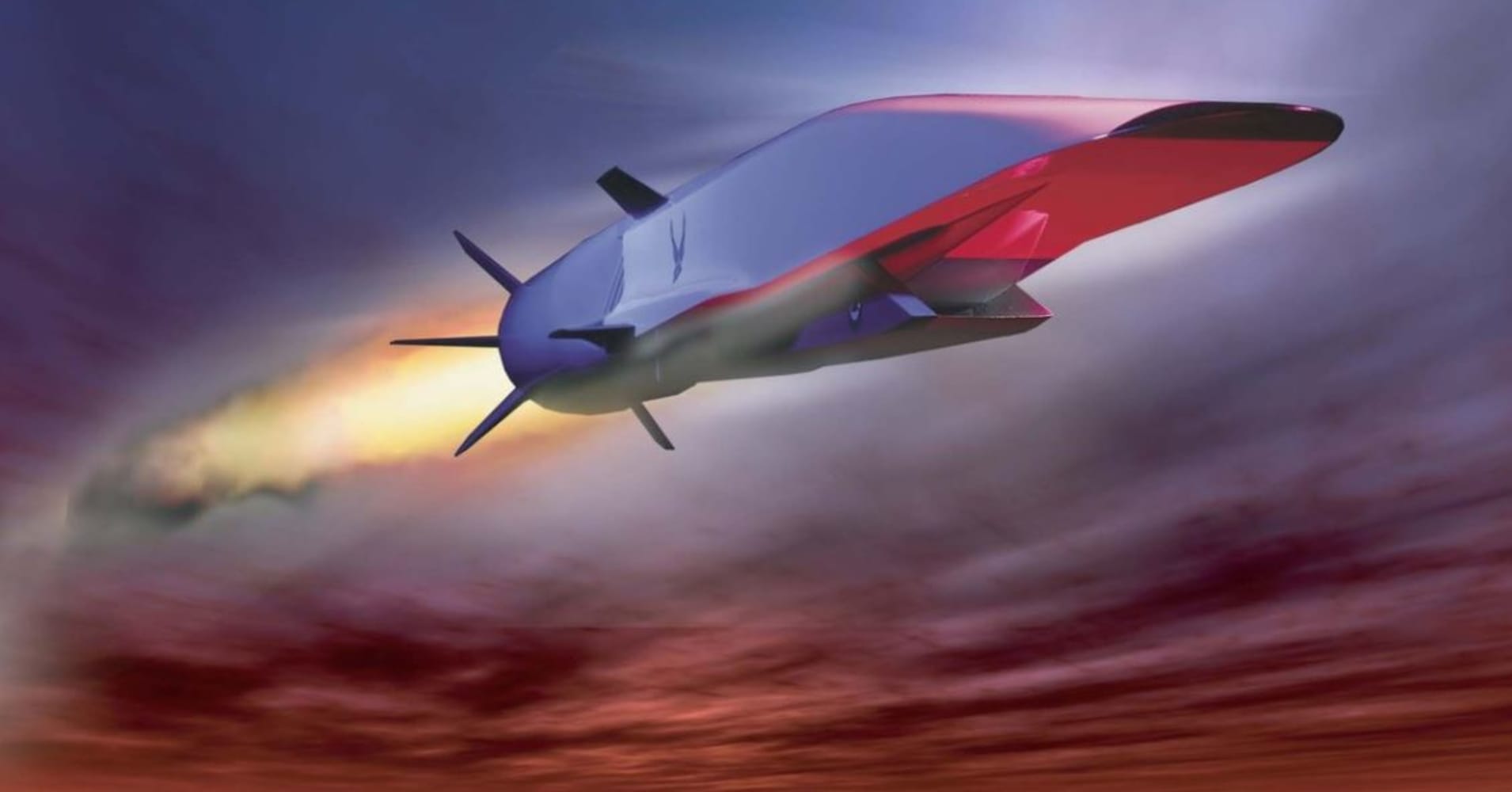
J.P. Morgan took a closer look Wednesday at hypersonics, a new missile technology and named nearly all the defense contractors as key players in the sector, with Lockheed Martin out to an early lead.
"While sales are still modest, we see substantial growth potential by the mid-2020s to [greater than $5 billion], perhaps significantly more," J.P. Morgan analyst Seth Seifman said in a note. Seifman cited Michael Griffin, the Under Secretary of Defense for researching and engineering, saying Griffin "believes that hypersonics development is currently the highest technical priority for the Pentagon."
A hypersonic weapon is a missile that travels at Mach 5 or higher, which is at least five times faster than the speed of sound. That means a hypersonic weapon can travel about one mile per second.
"Today's cruise missiles generally reach speeds near but not greater than Mach 1, while ballistic missiles accelerate to supersonic speeds but fly on predictable paths," Seifman said. "Hypersonic weapons, however, are maneuverable and cruise at lower altitudes, making them more difficult to counter."
Russia and China have already begun "aggressively pursuing" hypersonics, U.S. Air Force Gen. John Hyten told the Senate Armed Services Committee on March 20.
"We don't have any defense that could deny the employment of such a weapon against us," Hyten said at the time.
J.P. Morgan highlighted Lockheed Martin, as it has won two multimillion-dollar Air Force contracts to design hypersonic weapon prototypes.
"But Raytheon is competing too and there are a number of efforts still up for grabs," Seifman said.
Northrop Grumman is also "well positioned here" through its recent acquisition of Orbital ATK, as "propulsion technology will play a key role," Seifman said.
Boeing is investing in hypersonics as well but not just in missile technology: The aerospace giant is working on a hypersonic passenger jet, that could fly between Los Angeles and Tokyo in roughly three hours.
"There is a potential to transfer this technology into next-generation commercial travel," Seifman said.
Kratos and Aerojet Rocketdyne are two more propulsion developers which may compete for hypersonic deals, according to J.P. Morgan.
There will also be an opportunity in the defense against hypersonic systems, according to Seifman. He believes "a hypersonic defense system will require at least two parts: "A space-based warning system" and a "system for intercepting hypersonic missiles within the atmosphere." While the Pentagon can detect high-speed ballistic missile, hypersonics will fly lower in the Earth's atmosphere and Seifman said defensive systems "should require more small and mid-sized satellites."
Northrop Grumman "manufactures space-based early warning satellites," Seifman said, and "the combination of Orbital's small sat business with [Northrop]'s history in large satellites may be attractive" to the Pentagon.
– CNBC's Amanda Macias contributed to this report.
No comments:
Post a Comment